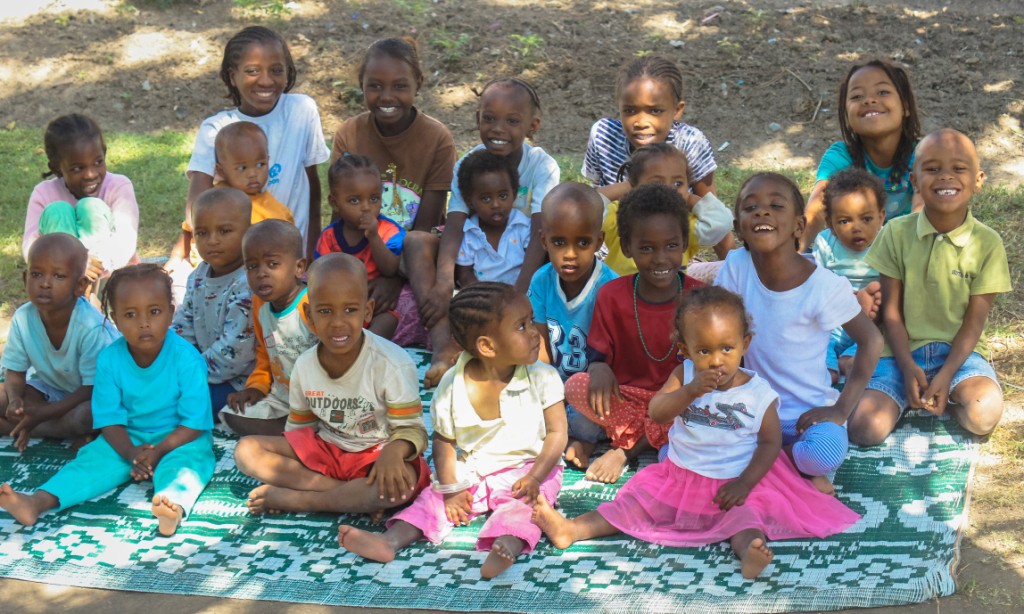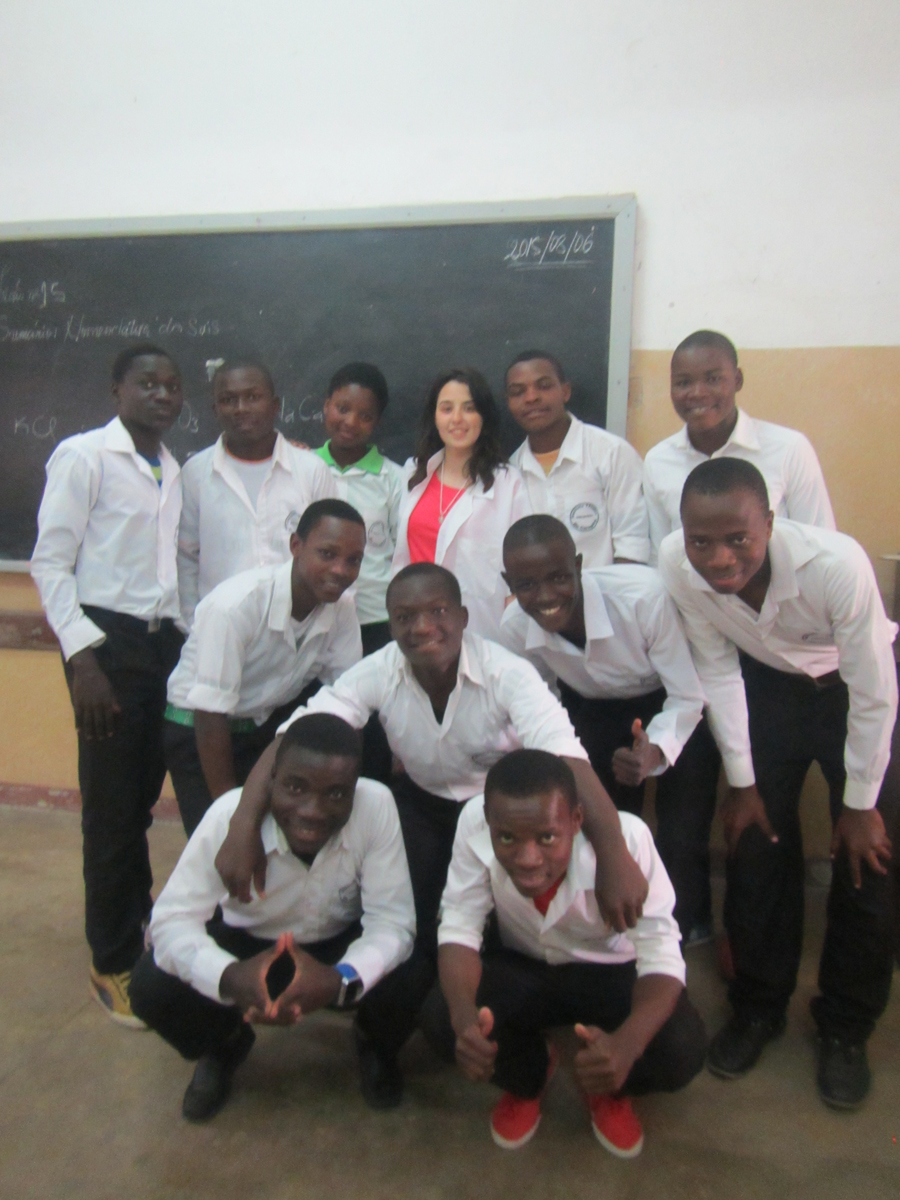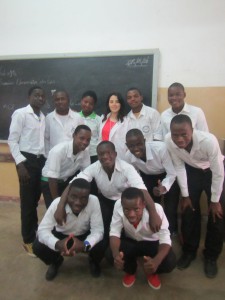 Mission in Africa, a dream. Something that I have wanted to live and finally got. I was 17 when I started to dream about Africa when I started to want to learn more about the “world” of the mission. In August, I went as part of Faith and Mission group with another four young and two missionaries of the Comboni Family, we went to Mozambique, to the mission of Carapira. I always thought that the mission was to bring Jesus to others, but when I got to Carapira He was there with open arms to welcome me and tell me that He had chosen me and that was His people.
Mission in Africa, a dream. Something that I have wanted to live and finally got. I was 17 when I started to dream about Africa when I started to want to learn more about the “world” of the mission. In August, I went as part of Faith and Mission group with another four young and two missionaries of the Comboni Family, we went to Mozambique, to the mission of Carapira. I always thought that the mission was to bring Jesus to others, but when I got to Carapira He was there with open arms to welcome me and tell me that He had chosen me and that was His people.
It was an indescribable experience, but I will try to share: I found a warm, generous, cheerful, full of smiles people. A people without hurry, where time is a detail.
People always have time to talk; they stop to greet each other. You do not feel the stress, if my neighbor is sick, I am not indifferent.
I found a great team of missionaries who does an excellent job, every day gives his body and soul to the people of Carapira.
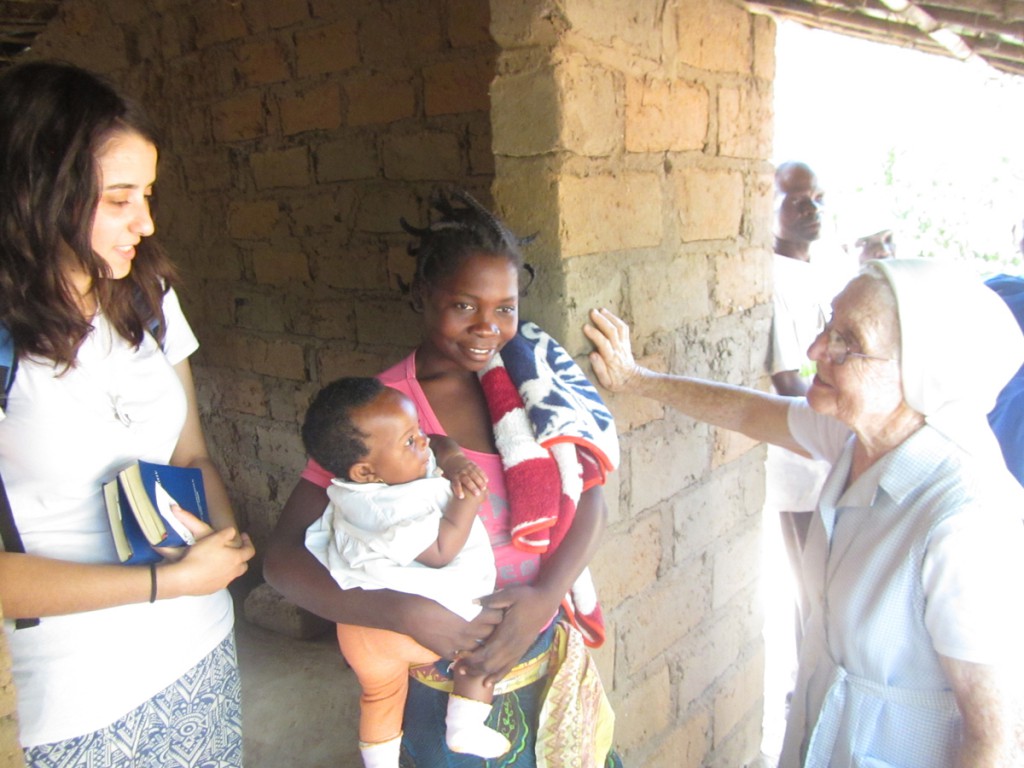 Brothers, sisters, priests and Comboni lay missionaries, give their best as educators, trainers. They accompanied dozens of young, regardless of their beliefs. Accompanying communities, trying to be the presence of Christ among the people. I knew about the work of lay missionaries, who work to support the various activities in the Industrial School, where they have a very active role. They lay people involved as someone who educates, cares, as someone who loves, as the young people attending the Industrial School left their homes to study. The laity are a friend and even maternal presence. Lay also help in pastoral, help children and young people to discover Jesus.
Brothers, sisters, priests and Comboni lay missionaries, give their best as educators, trainers. They accompanied dozens of young, regardless of their beliefs. Accompanying communities, trying to be the presence of Christ among the people. I knew about the work of lay missionaries, who work to support the various activities in the Industrial School, where they have a very active role. They lay people involved as someone who educates, cares, as someone who loves, as the young people attending the Industrial School left their homes to study. The laity are a friend and even maternal presence. Lay also help in pastoral, help children and young people to discover Jesus.
With all the missionary community that I met and beside whom I worked and learned a lot, I met that a missionary gives a true love, is capable of love, is capable of unconditional love. I keep me every time I lived, I appreciate the confidence they have placed in my colleagues and me.
The biggest challenge we faced throughout this month was certainly living in community.
The whole experience was extraordinary, impossible to remain indifferent, I really liked all the work we did with young people of the Industrial School. On the Laudato Si, I loved being with the girls in the boarding school, I liked working with the youth of the community, “Save the Youth by the Youth”.. 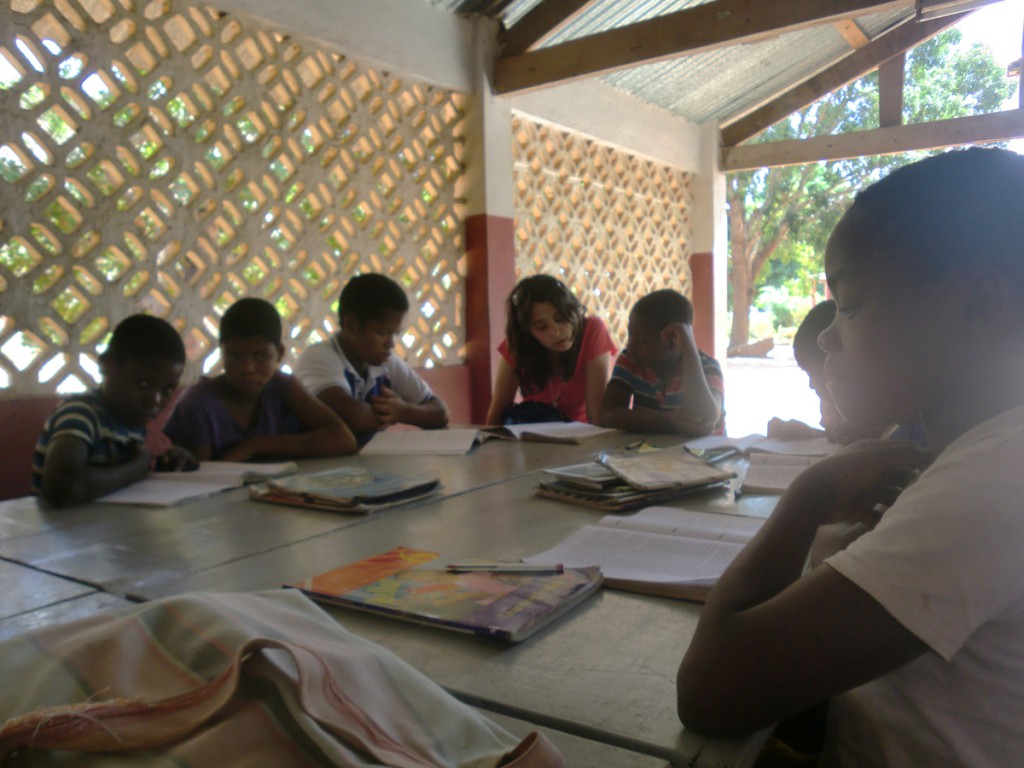
It really touch me a conversation I had in the early days, when I arrived at boarding school to work to support the girls in the study and clarification of Portuguese and math. Nelson, a girl aged 13-14, who attends seventh grade, she didn´t get much closer, always watching me, but always a little distant, when I went to try to stop her reserves, she said “I don´t wanna be your friend, because you will be gone in a few days and I will never see you again”. This cut my heart, let me stop, I wanted to say something, but could not find words, I wanted to tell the girl that it would not be like that, but I would be lying because it was true, I had a scheduled trip. I accepted her choice and I decided not to insist. And during the 15 days worked in the boarding school, we talked little, we study together, we discover new and difficult words, we do our homework.
But I know that I interacted with Nelson, I’m sure, she smiled and even joked when I spoke something wrong in Macua, or when I said I was afraid of getting sick from malaria. And the day came when I had to say goodbye to her and all the other girls. And Nelson asked: “Teacher will you forget me now?”
She is an expert in letting me “locked”, is beautiful, has big, beautiful, bright eyes, and they were full of water and I thought how could I forget this, Lord? I will not do it. I hugged her and told her that “I will not forget you”.
What also impressed me a lot was the Eucharist, celebrated with much joy, sing, clap, they are strong, very beautiful. Mozambican women, I cannot stop talking about it, she is struggling, hardworking, always in charge of the most complicated tasks. It plays a fundamental role.
This is what I experienced; it was a good experience that I really want to repeat.
It was very important to me, every day had significant facts that I cannot forget.
And do not forget that dreams come true. We just have to make 5%, God does the rest.
Sofia Coelho
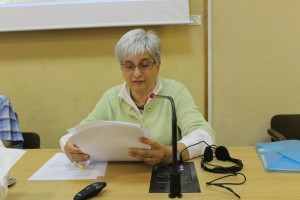 The secular Isabella d’Alessandro expressed their concern about the decline in staff, however, this is not a limit to the enthusiasm and desire to open up to the challenges posed by the mission. She recalled that the experience of weakness is an opportunity to collaborate with others, which invites to deepen our identity.
The secular Isabella d’Alessandro expressed their concern about the decline in staff, however, this is not a limit to the enthusiasm and desire to open up to the challenges posed by the mission. She recalled that the experience of weakness is an opportunity to collaborate with others, which invites to deepen our identity. Finally, Alberto de la Portilla, coordinator of the CLM submitted its report to the Assembly. He explained the internal structure of the movement and the challenges made in the last intercontinental CLM assembly of Maia (2012). Expressing the desire to consolidate the already established groups and improve international coordination.
Finally, Alberto de la Portilla, coordinator of the CLM submitted its report to the Assembly. He explained the internal structure of the movement and the challenges made in the last intercontinental CLM assembly of Maia (2012). Expressing the desire to consolidate the already established groups and improve international coordination.



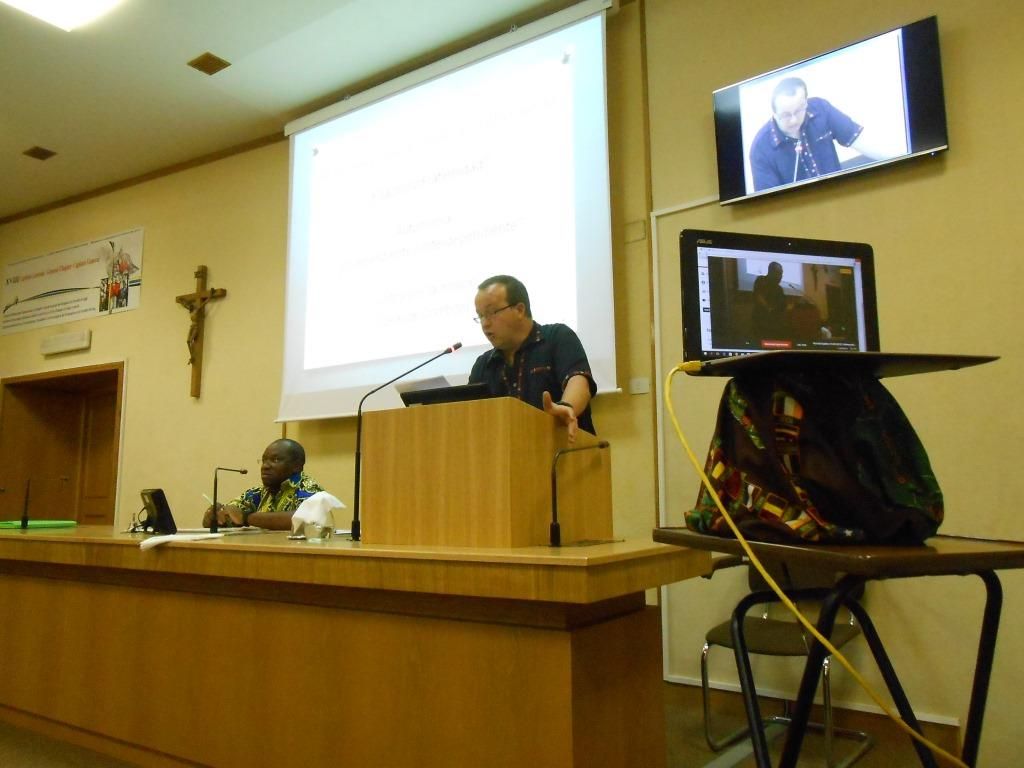
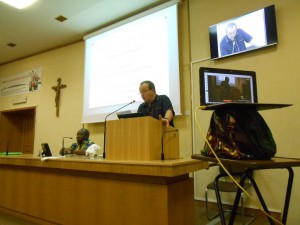
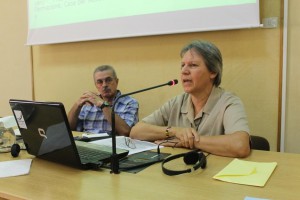
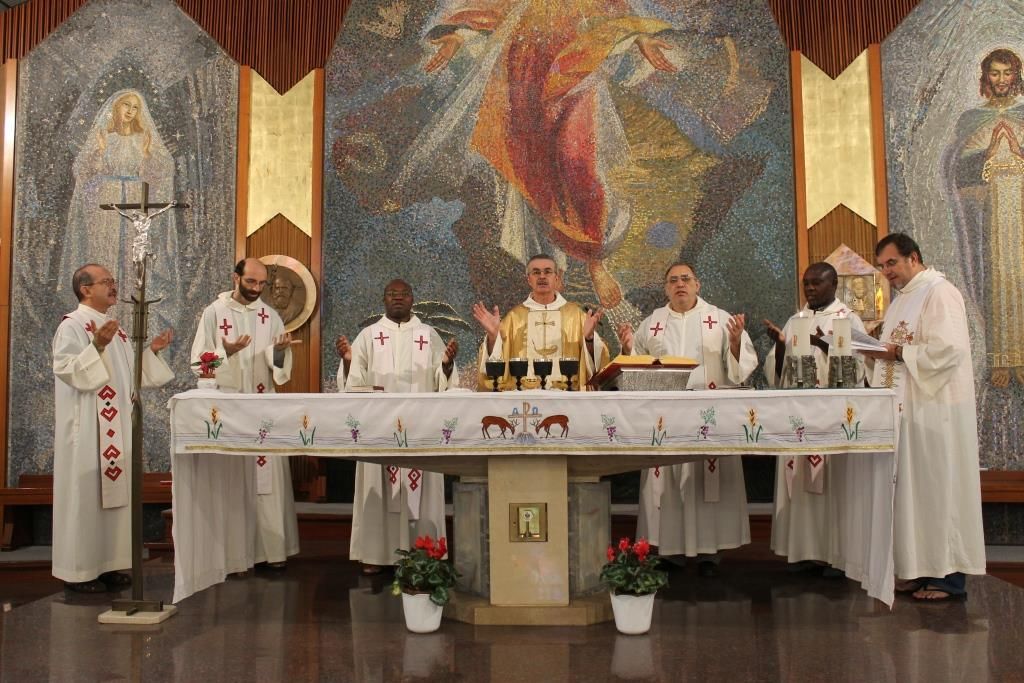
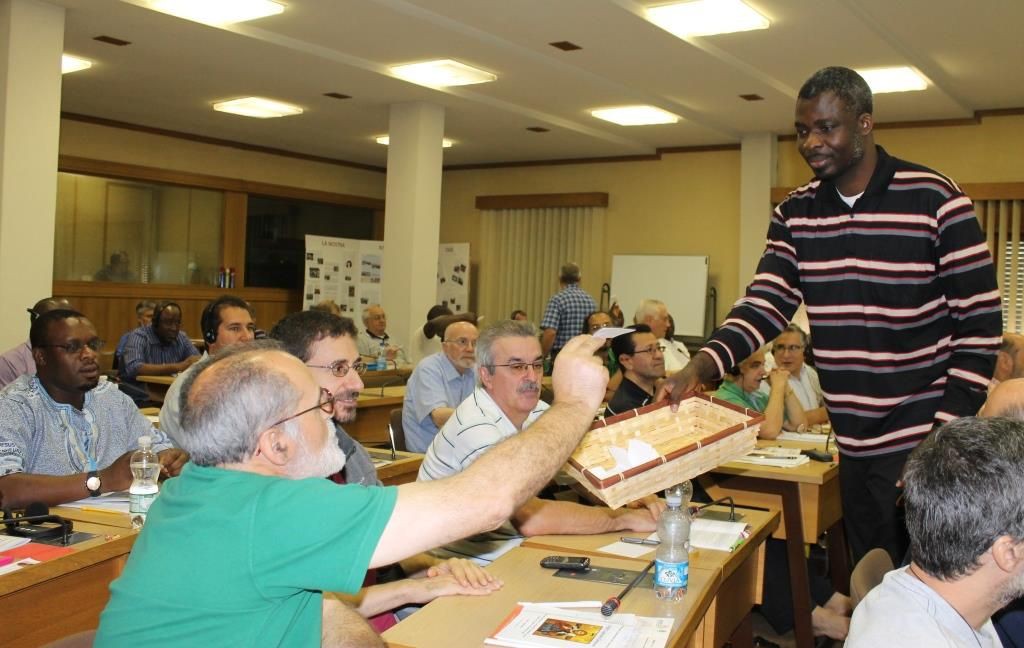
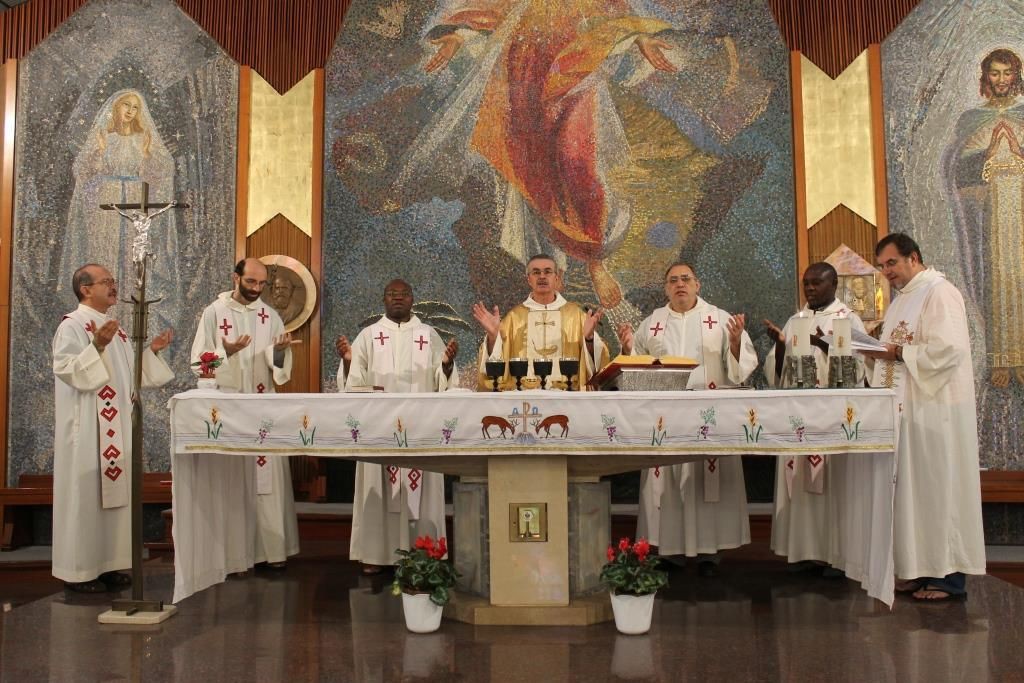
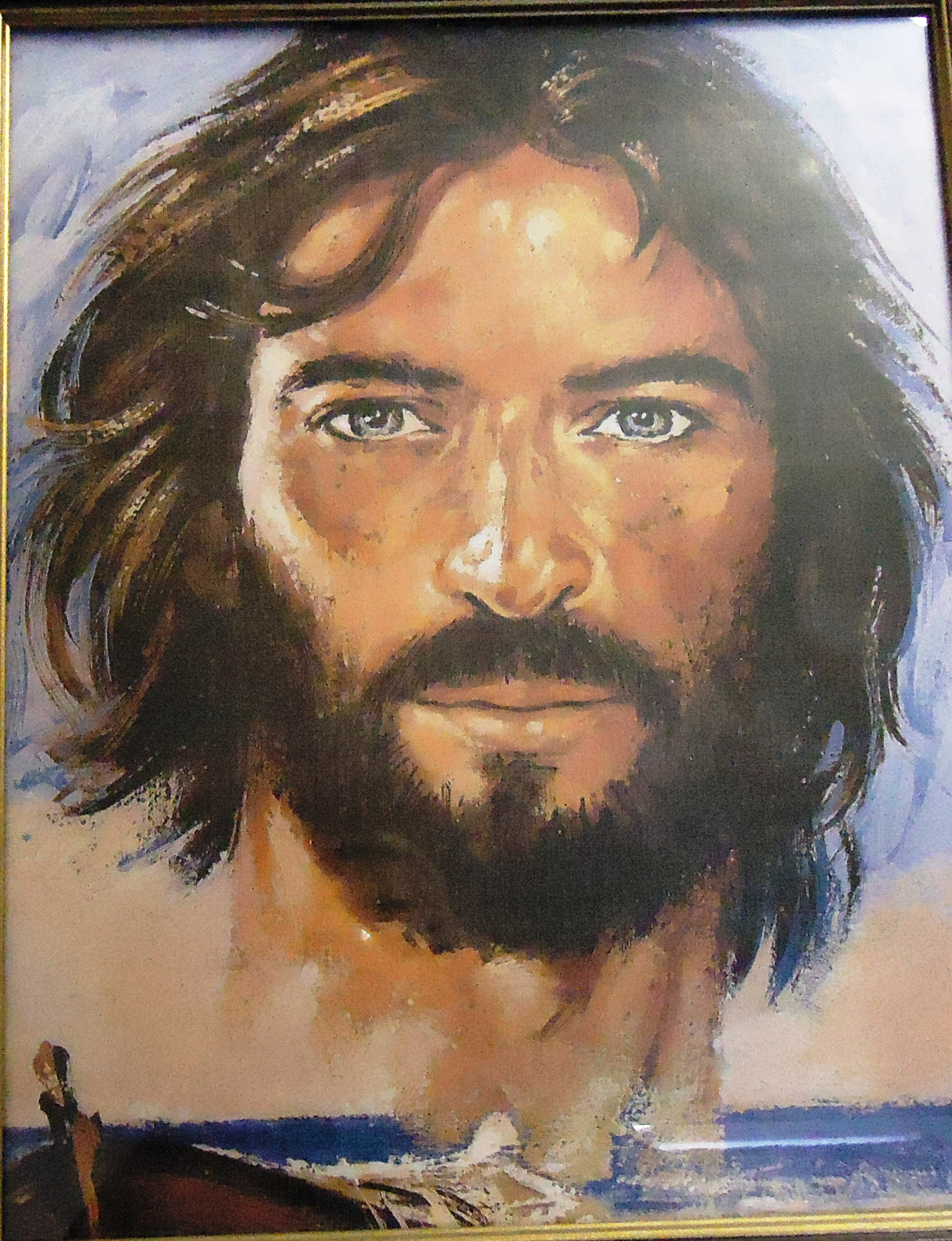
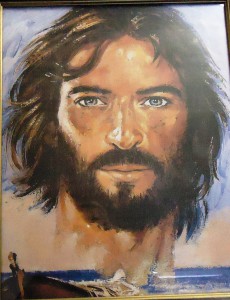
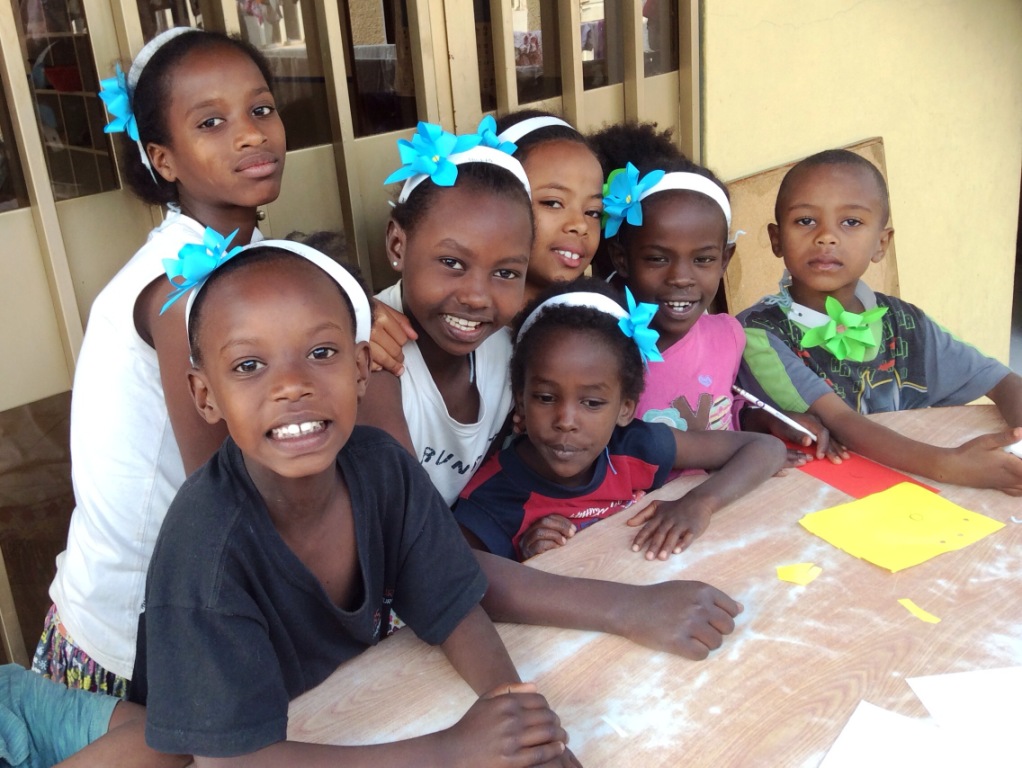
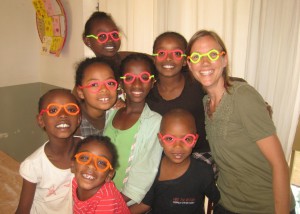 ticle about my art class, though not exactly. This is the story about friends we have met here in Awassa, a truly special husband and wife team, Argow andRachel, and through them, the wonderful kids we have met with whom I have the joy of doing art projects once per week. The couple is an Ethiopian/American duo who met in Hungary at a bible college and felt God calling them to settle in Ethiopia as missionaries. Argow is from Southern Nations Nationalities and Peoples Regional State (SNNPRS), the most ethnically diverse area of Ethiopia with 35 different tribes. The capital of SNNPRS is Awassa, the town where we live. After learning about some negative customs of one tribe, the Hamar, in the far south west of the region, he felt called to get involved. The Hamar people have many superstitions and because their survival day to day is difficult, anything they think will negatively impact the people as a whole cannot be tolerated. For this reason there are several ways a person may become ‘cursed’ and should they become cursed, they are either killed or expelled from the tribe. Unfortunately most often these people are babies and children. The reasons that one could become cursed are many and include: being born out of wedlock, being a twin, having the top teeth come in before the bottom teeth as a baby, not attending one of many rites of passage no matter the reason. These cultural practices of the Hamar are not openly discussed, even by the government, but some local human rights groups estimate that 20% of their children are killed or abandoned.
ticle about my art class, though not exactly. This is the story about friends we have met here in Awassa, a truly special husband and wife team, Argow andRachel, and through them, the wonderful kids we have met with whom I have the joy of doing art projects once per week. The couple is an Ethiopian/American duo who met in Hungary at a bible college and felt God calling them to settle in Ethiopia as missionaries. Argow is from Southern Nations Nationalities and Peoples Regional State (SNNPRS), the most ethnically diverse area of Ethiopia with 35 different tribes. The capital of SNNPRS is Awassa, the town where we live. After learning about some negative customs of one tribe, the Hamar, in the far south west of the region, he felt called to get involved. The Hamar people have many superstitions and because their survival day to day is difficult, anything they think will negatively impact the people as a whole cannot be tolerated. For this reason there are several ways a person may become ‘cursed’ and should they become cursed, they are either killed or expelled from the tribe. Unfortunately most often these people are babies and children. The reasons that one could become cursed are many and include: being born out of wedlock, being a twin, having the top teeth come in before the bottom teeth as a baby, not attending one of many rites of passage no matter the reason. These cultural practices of the Hamar are not openly discussed, even by the government, but some local human rights groups estimate that 20% of their children are killed or abandoned.